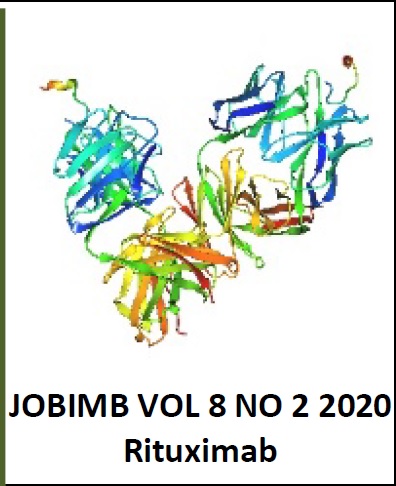Formulation of Antibacterial Mouthwash from Local Herbs: A Mini-Review
DOI:
https://doi.org/10.54987/jobimb.v8i2.536Keywords:
Mouthwash; natural products; oral health; mouth cavities; plaques; cariesAbstract
Commercially available mouthwash formulations are often medicated and contain chemicals that may elicit adverse effects to the users. A mouthwash may be recommended for its efficacy in preventing dental caries and other oral conditions due to its antimicrobial, anti-inflammatory and analgesic properties. Therefore, it is essential to raise awareness in selecting for an appropriate mouthwash that is safe to be applied to the oral cavity and its natural microflora. The interest towards the incorporation of herbal ingredients in oral products has been increasing exponentially over the years. The main objective of this review is to highlight our consumption of food and herbal products, such as Aleppo oak, clove and turmeric, that contain medicinal properties and have the potential to be developed as key components in mouthwash formulations. Thus, reliance on the use of chemicals may lessen as they could have a negative impact to one’s oral health.
Downloads
Published
How to Cite
Issue
Section
License
Authors who publish with this journal agree to the following terms:
- Authors retain copyright and grant the journal right of first publication with the work simultaneously licensed under a Creative Commons Attribution License (http://creativecommons.org/licenses/by/4.0) that allows others to share the work with an acknowledgement of the work's authorship and initial publication in this journal.
- Authors are able to enter into separate, additional contractual arrangements for the non-exclusive distribution of the journal's published version of the work (e.g., post it to an institutional repository or publish it in a book), with an acknowledgement of its initial publication in this journal.
- Authors are permitted and encouraged to post their work online (e.g., in institutional repositories or on their website) prior to and during the submission process, as it can lead to productive exchanges, as well as earlier and greater citation of published work (See The Effect of Open Access).



